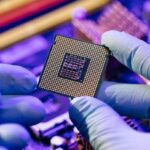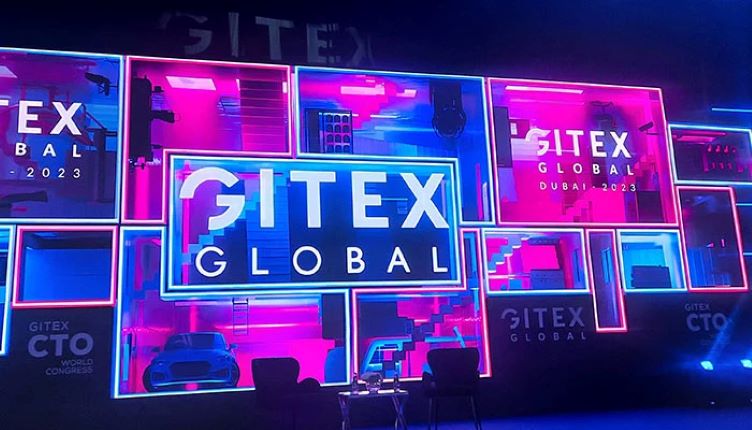A successful fusion reaction was seen on December 5, 2023, in the controlled laboratory of California, a historical breakthrough. The Lawrence Livermore National Laboratory (LLNL) achieved what many believed that it is impossible to create carbon-free energy by the use of star power. But nothing is impossible in the technologically advanced world of today.
The Science Behind the Breakthrough:
Fusion, the process that drives the sun, is the simultaneous splitting of hydrogen atoms, which releases a massive quantity of energy. Fusion is more powerful than nuclear fission, which splits atoms apart and produces the basic nuclear power, and it produces radioactive waste. Even yet, the challenge is always in controlling the fusion process, which has both infinite pressure and a temperature higher than the sun.
The National Ignition Facility (NIF) and LLNL were established in order to meet this challenge, and these businesses are regarded as the originators of the largest and most powerful laser in the world. Since the last 13 years, the NIF team has conducted 200 tests to achieve that goal, but as each experiment approaches achievement, it fails. But they did triumph at last on December 5, 2023. This kind of achievement—producing more energy than the input laser—occurs for the first time.
The Path to Success:
This achievement was remarkable because 192 lasers were needed for the experiment, and each laser was longer than a football field in order to hit a target smaller than a pinhead. To prevent any flaw that could lead to the reaction being disregarded, the target is a hollow that is filled with hydrogen atoms and formed of diamond, which is smoother than a mirror. Imagine this: in a split second, the laser shot out more energy and heated up more than the sun’s core. It produced a thousand times more energy than the entire US power grid.
Although the experiment’s outcome was brief, it did demonstrate that controlled fusion is a feasible scenario.
The Challenges Ahead:
Even with this astounding result, the journey toward commercial fusion power is still very far off since, although this NIF experiment is a proof of concept turned into reality, scaling it up to a commercial power plant will be extremely difficult. For the power plant to become fusion feasible, it needs more than 100 times the energy input, and it must repeat this process ten times each second. Adding to the difficulty is the requirement for daily manufacturing of 900,000 nearly flawless diamond shells in addition to power lasers.
Even with the additional net energy gained by this experiment, the input energy remains 300 times higher than the output energy. This clearly indicates that before fusion can be used as a reliable energy source, energy production needs to be improved much further.
The Future of Fusion:
Fusion power is a long way off since, as author and New York University professor Charles Seife warns, it might not be commercially available for decades, possibly not even until 2050. In order to commercialize fusion power, Google, Bill Gates and thirty additional firms invest millions of dollars in fusion research.
“Commercial fusion power could be demonstrated within the next 20 years”.
——Believe of Kim Budil, LLNL’s director—–
Conclusion:
The ideal of clean, endless electricity is now closer than ever as we stand on the cusp of a new age in energy. The task at hand is to translate the research into a working model. The LLNL team has demonstrated that the science is feasible. Fusion power has a bright future and has the potential to alter the path of human history.

















